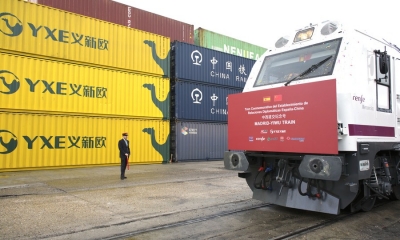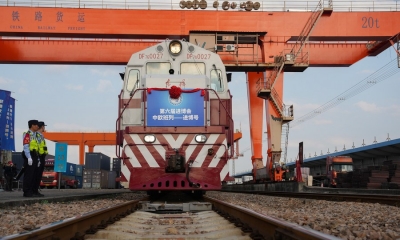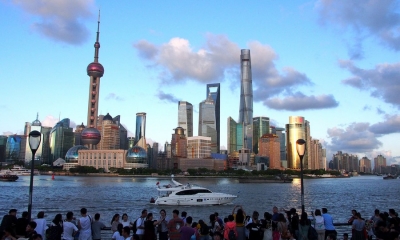New China-Myanmar Corridor Creating Economic Opportunities

The new China-Myanmar corridor is a firm demonstration of how the creation and linking of infrastructure is creating new opportunities for global economic recovery and growth, driving forward development in China and other countries.
At the end of August, the first batch of cargo arrived in China’s Sichuan province via the new China-Myanmar corridor. The goods started out in the Port of Singapore from where they were shipped through the Indian Ocean to Yangon, before being transported on to China via road and then rail.
Xinhua News stated the “passage connects the logistics lines of Singapore, Myanmar and China, and is currently the most convenient land and sea channel linking the Indian Ocean with southwest China.” The corridor reduces the time shipping goods from the Indian Ocean to and from China by an estimated 20 days.
We now live in a world where supply chains and the delivery of goods are being severely impacted by COVID-19. Owing to the spread of the delta variant, many countries have been forced to completely shut down sectors of their economies through restrictions, which has paralyzed the flow of commerce around the world. In such an environment, it has become pivotal to strengthen existing supply chains by making them quicker, more accessible and more convenient, overcoming geographical obstacles, as well as unlocking more opportunities and bypassing disruption.

The new China-Myanmar corridor is one such example. The two countries share a border which connects through to the Indian Ocean, one of the most important maritime routes for shipping goods west from Asia. The establishment of such a corridor will therefore facilitate the shipment of cargo to and from the west, saving time and creating a faster supply chain.
The route also brings opportunities for regional development in China, especially its western regions which have less favorable conditions for growth. The railway from Sichuan now links the provincial capital of Chengdu with the Myanmar border and subsequently establishes it as a destination for the import and export of goods to Europe and the Middle East. Likewise, in doing so, the corridor now makes it faster to import through Chengdu, significantly reducing the cost of logistics thanks to a much shortened transportation distance.
Moreover, the launch of the new corridor will further connect China’s southwest with the Association of Southeast Asian Nations (ASEAN). ASEAN has become the largest trading partner of southwest China, and is also developing into the largest trading partner of Sichuan province after the signing of the Regional Comprehensive Economic Partnership agreement. Countries in Southeast Asia have become popular destinations for international manufacturing, leading to rapid economic growth in the region. As such, ASEAN and southwest China will complement each other with their respective strengths.
Thus, the new China-Myanmar corridor is a firm demonstration of how the creation and linking of infrastructure is creating new opportunities for global economic recovery and growth, driving forward development in China and other countries.
 Facebook
Facebook
 Twitter
Twitter
 Linkedin
Linkedin
 Google +
Google +







